- THE LAW THAT CONTROLS ALL PARTICLE INTERACTIONS IS THIS:
- ALL THINGS ARE TRIUNE, WITH BINARY INTERACTIVES. THIS IS THE LINKAGE BETWEEN MATTER AND FORCE-CARRYING PARTICLES. THE LINKAGE BETWEEN THE PARTICLE ZOO IS CONTROLLED BY FERMIONS AND BOSONS.
- THE REALITY OF HOW LIFE FORMS CAME ABOUT ON THIS REMOTE BLUE MARBLE IS THIS: THE EVENT ORIGINATOR WROTE THE CODE, PRODUCED THE BLUEPRINT, AND USED AN EVOLVEMENT PROCESS TO OBTAIN THE REQUISITE RESULT. IT’S ALL JUST A BINARY SOFTWARE PROGRAM.
- 2.7 BILLION YEARS AGO, THE FIRST CARBON-BASED LIVING ORGANISM SHOWED UP. SINCE THEN, 100% OF ALL LIVING ORGANISMS HAVE BEEN CARBON-BASED.
-
- www.vernbender.com
- Every symmetry of physics laws leads to a conservation law, and every conservation law arises from a symmetry in the laws of physics.
- Symmetry is the casual structure built into the creation module. The creation module has a two-way arrow of time built into it. All current information is always passed back into the versatile storage unit. These informational totals can’t be changed or deleted.
- The closed sub-atomic quantum system is a duplicate of the macro quantum system. The two systems interact on a binary basis.
- The triune combined functions of consciousness, quantum gravity, and quantum entanglement act as one from the underside of the fabric of space-time.
- Time slows down the faster you go.
- Closed systems always move toward disorder.
- Organic chemistry is a branch of science that is for the study of carbon.
- Organic molecules can be large and comprise the structural components of living organisms: carbohydrates, proteins, nucleic acids, and lipids. One atom of carbon can combine with up to four other atoms. Therefore, organic compounds usually are large and can have several atoms and molecules bonded together.
- Examples include gasoline, plastics, detergents, dyes, food additives, natural gas, and medicines. Although both are used for cleaning, soap and detergent are two examples of organic chemistry.
- There are four main types, or classes, of organic compounds found in all living things: carbohydrates, lipids, proteins, and nucleic acids.
- The compound is made up of two or more elements. Examples include water. There are many types of compounds, like carbon dioxide (carbon and oxygen), common salt (sodium, chlorine), marble ( calcium, carbon, oxygen), copper (II) sulfate (copper, sulfur, oxygen), and Hydrogen
- chloride (chlorine and Hydrogen).
- WHY CARBON?
- It is abundant, complex, and stable.
- It is easily made in the furnace of the stars. (like many others). It is rock steady and balanced.
- Mass in the observable universe comprises 74% hydrogen, 25% helium, 0,54% oxygen, & 0.22% carbon.
- On Earth’s mass: Nitrogen is 78% of our atmosphere. Oxygen & Hydrogen are 96% of the oceans, & Silicon is 27% of the Earth’s crust.
- We are made up of 20% carbon by mass.
- All atoms consist of a positively charged nucleus, surrounded by a cloud of negatively charged electrons. An electron cloud of two or more atoms can interact with each other in ways that confine those atoms to fixed distances in space that become a covalent chemical bond.
- It is the superior bonding behavior of carbon that makes it the life constructor. It can complete four bonds. It can bond to itself in chains, loops, and many more shapes. It, therefore, has unbounded ends that can take on other elements.
- Bonds are formed when electrons overlap.
- Nitrogen and Silicon are abundant and have complex bonding capabilities, but they bond weakly.
- Carbon has the strength for the frame building of structures.
- Carbon provides a structure strong enough to hold a compound in place. The stability of the carbon-carbon bond causes this. It is hard to pull the bond apart. Nitrogen and Silicon build weak scaffolds. Carbon builds excellent compound scaffolds. These scaffolds can be decorated with other elements to make complex compounds. Carbon scaffolds are prolific and diverse.
- Complexity occurs when four connections bond with four bonding partners in three dimensions. You then have three geometries to form three-dimensional scaffolds with millions of combinations.
- Chemists can then create compounds with explicitly designed shapes, physical properties, and reactive properties. All rely on the geometric stability of their carbon superstructure.
- VERN BENDER VERN BENDER VERN BENDER
-





- VERN BENDER VERN BENDER



‘Our class-action suit covers any carbon-based life forms.’

‘Don’t be silly — Why some of my best friends are carbon-based life forms!’
-
- The reality of the unseen is beyond your ken.
- It resides on the backside of the space-time continuum.
- www.vernbender.com
- Symmetry is the causal structure built into the creation module. The creation module has a two-way arrow of time built into it. All current information is always passed back into the versatile storage unit. These informational totals can’t be changed or deleted.
- The closed subatomic quantum system is a duplicate of the macro quantum system. The two systems interact on a binary basis.
- CONSCIOUSNESS CREATES SPACE/TIME.



 VERN BENDER VERN BENDER VERN BENDER
VERN BENDER VERN BENDER VERN BENDER







